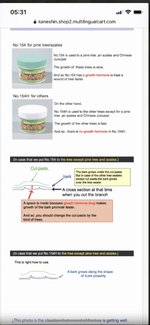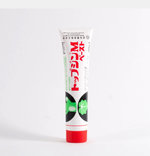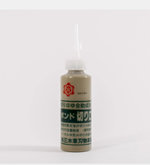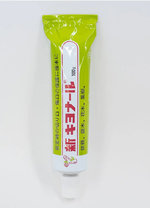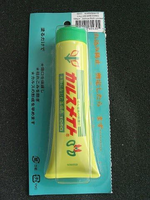pandacular
Omono
Forgive me if there is a thread on this subject, but I could not find one. I'm curious about people's thoughts on the differences between the two main types of cut paste I've seen used; the liquidy one (like Kiyonal) that comes in a paint tube, and the putty like one that comes in the tin with the green or white lid.
I have a tin of the conifer (green lid) putty, as well as a tube of Kiyonal cut paste. Right now, I've been using the former on my junipers and the latter on my deciduous trees, but I'm curious how folks decide which one to use. Is it personal preference or do they perform differently?
I have a tin of the conifer (green lid) putty, as well as a tube of Kiyonal cut paste. Right now, I've been using the former on my junipers and the latter on my deciduous trees, but I'm curious how folks decide which one to use. Is it personal preference or do they perform differently?

